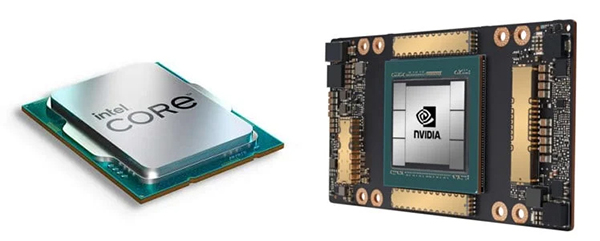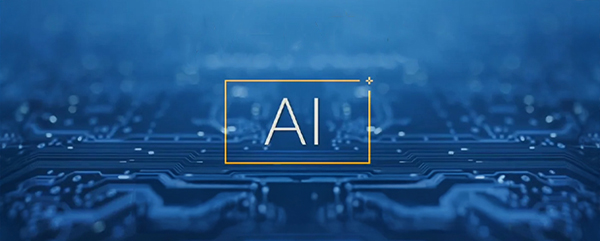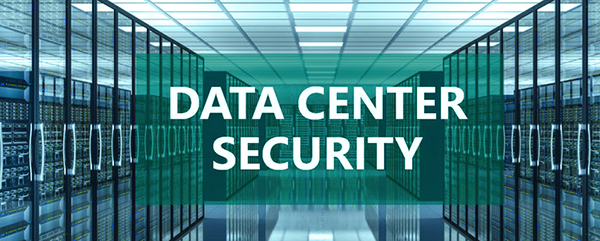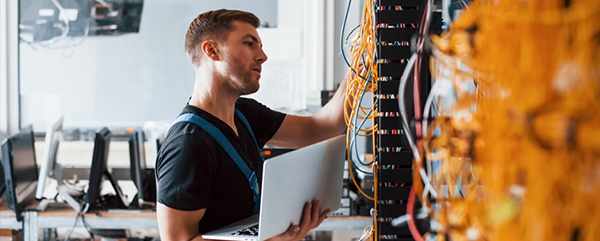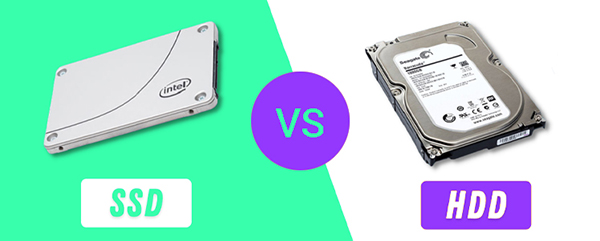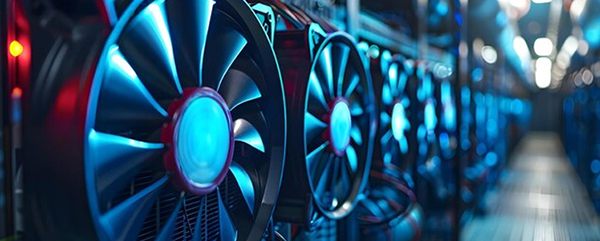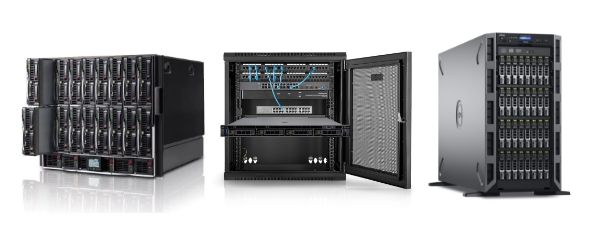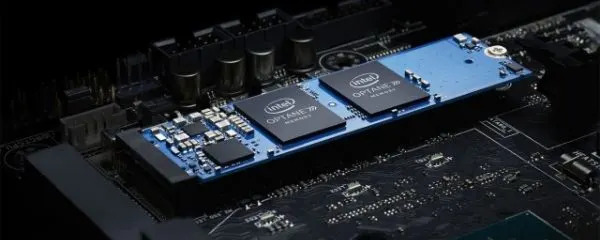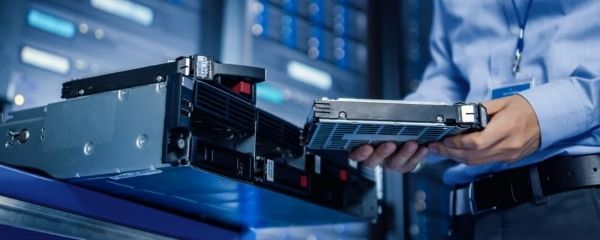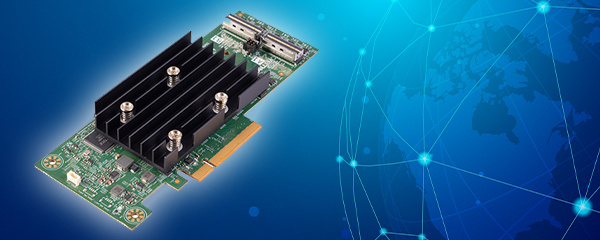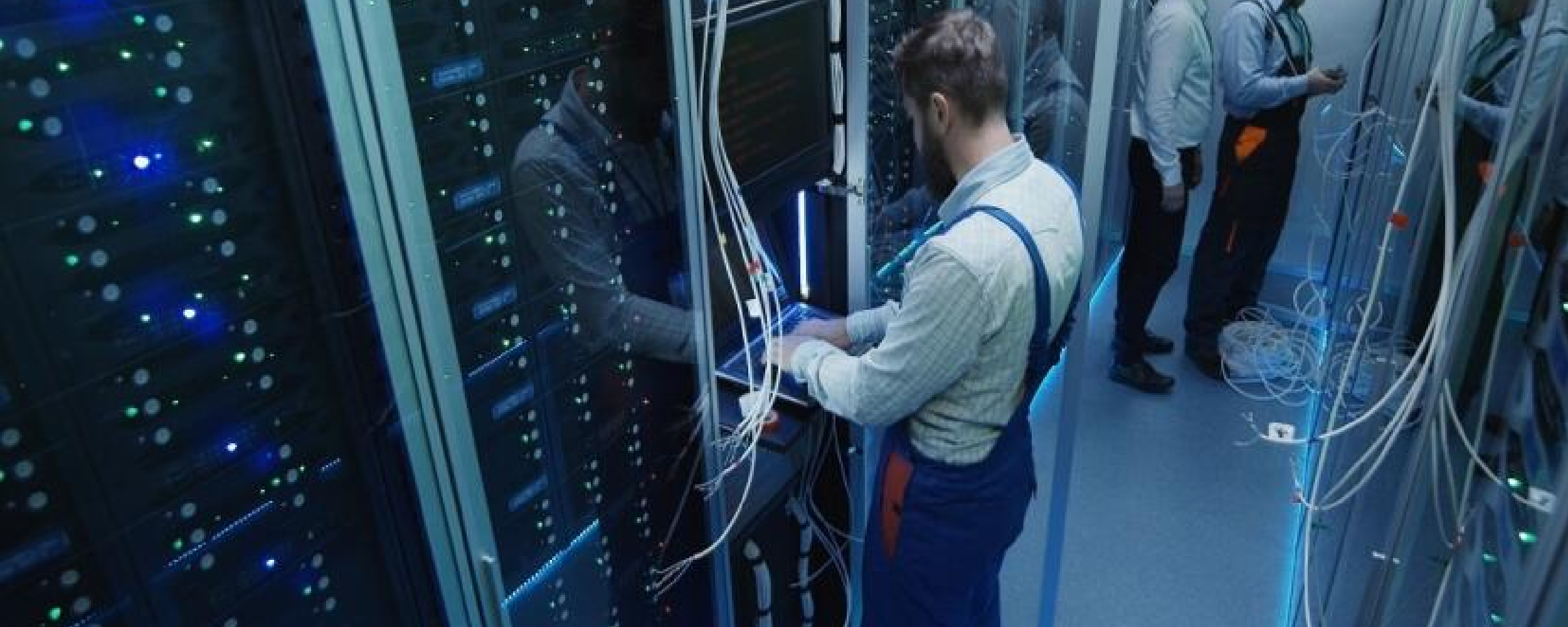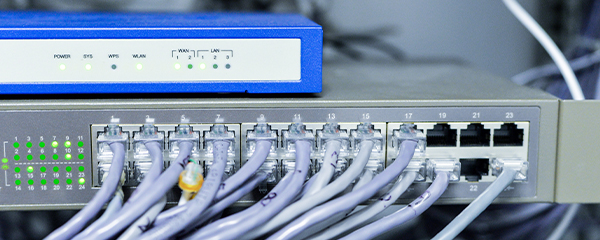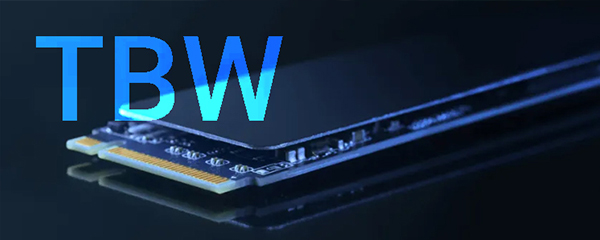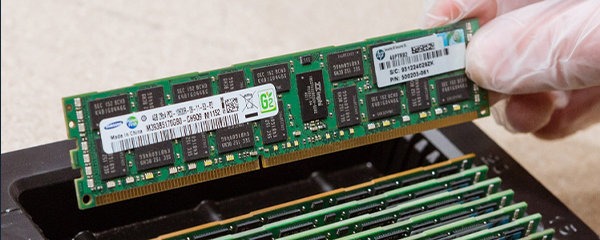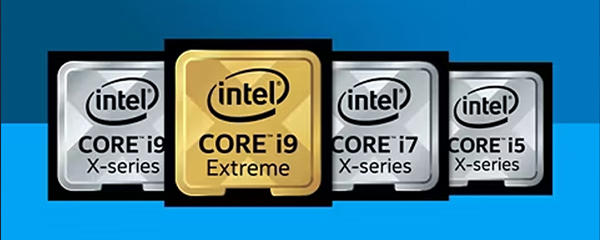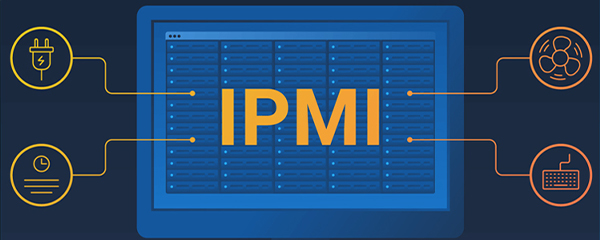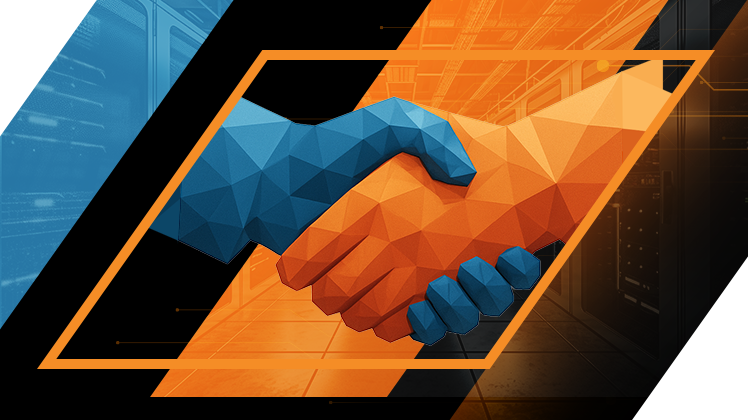Want to speed up your server without spending a fortune on an all-flash array? A hybrid SSD and HDD sounds like a reasonable compromise – at least on paper. In practice, hybrid drives can surprise you not only with their price, but also with their administrative requirements, scenario-dependent performance and hidden costs. We've gathered everything you need to know before deciding on a hybrid drive in a production environment – without marketing hype, but with examples, technical facts and context that matters.
Hybrid drive instead of all-flash? See when cost matters more than pure performance
If you manage IT infrastructure in a company that balances a limited budget with growing performance demands, the topic of hybrid drives may interest you more than you think. All-flash solutions are unrivalled in terms of speed, but they can also hit your pocket hard, especially with large data spaces. This is where hybrid drives come in, allowing you to reconcile performance with economy. By using fast SSDs as a caching layer and high-capacity HDDs as an archival layer, you can achieve a noticeable increase in system responsiveness at a fraction of the cost of all-flash solutions.
In practice, this means, among other things, shorter response times to queries in ERP systems, better SQL database performance, and faster access to frequently used files. Importantly, you don't have to rebuild your entire infrastructure right away. A hybrid setup can be implemented in stages, adapting it to the specific role of the server and the real needs of users. This model not only saves money on the purchase, but also offers greater flexibility in planning the further development of the IT environment. Of course, this will not work in every case, but if your company works with mixed workloads and needs high capacity at a reasonable price per GB, this direction is worth considering.
Hybrid drives in ERP and BI environments – when SSD caching makes a difference
When working with business applications, response time has a real impact on the performance of teams and the entire organisation. ERP, CRM and BI solutions can generate thousands of reads per day – often based on the same files, records or reports. In such a scenario, the operation of a hybrid drive can significantly improve the comfort and efficiency of work. Thanks to caching mechanisms, the most frequently used data is transferred to the faster SSD layer and loaded almost instantly, without the need to retrieve it from the slower HDD each time.
It is precisely this type of workload – repetitive, with a large number of random reads – that is the ideal field for hybrid arrays to shine. Servers based on such solutions can achieve responsiveness similar to expensive all-flash arrays, while maintaining large storage space and lower TCO. Of course, this does not happen automatically – proper data layer management and control over what goes into the cache is required. But a well-configured hybrid system can get a lot out of these applications without having to overpay for capacity.
More terabytes for less – how do hybrid drives perform with growing amounts of data?
Companies that collect more and more data – whether for analysis, archiving or backups – sooner or later face a capacity challenge. All-flash arrays may prove impractical from a purely economic point of view, especially when you need tens or hundreds of TB. The solution may be hybrid SSD HDD drives, which offer large storage space at an acceptable price, while providing decent performance where it is needed.
This approach works well in data archives, log storage systems, backups and even multimedia repositories.
Hybrid arrays allow for gradual scaling without the need to purchase new, expensive flash arrays each time. And while not every application will run as fast as it would on NVMe, for many scenarios – especially those that do not require immediate response – this is simply a cost-effective solution. And if the need for acceleration arises along the way, you can always expand your SSD cache without having to replace your entire infrastructure.
Magnetic or hybrid drive? Find out which one better suits the needs of dynamic expansion
In environments that are growing dynamically – whether in terms of users, data or applications – flexibility is one of the key parameters of IT infrastructure. Classic platter drives still have their place in server rooms, especially where price per gigabyte matters. But if you want to be able to expand without having to rearrange the entire system, it's worth asking yourself: magnetic or hybrid drive?
SSHD hybrid drives allow for gradual scaling of space and performance – you can add more HDDs as an archive layer and, at the same time, increase the number of SSDs as an acceleration layer. This approach works well in environments where there is both critical and cold data, e.g. in operating systems integrated with backups or file repositories. In addition, the flash memory of a hybrid drive automatically stores the most frequently used data, so you don't have to manually manage its placement – which makes administration much easier. If you want a single server that will grow with your business without the need for complicated decisions with every upgrade, a hybrid drive may be what you are looking for.
Hybrid drives also mean more clutter – what do you need to know about tier management?
Implementing hybrid storage is not just a matter of hardware – it is primarily a decision to change the way data is managed in the company. Unlike all-flash arrays, where every byte is fast by definition, here you have to manage layers. SSD as a buffer, HDD as an archive – all this works efficiently only when the system knows what to keep where. And here's the problem – if you don't configure it properly, performance will be uneven and the benefits of hybrid storage may disappear.
You need the right software to monitor which data is used most often and move it dynamically. But that's not all. Administrators need to be aware of the data lifecycle in the organisation and how it affects the effectiveness of the cache. Some solutions even require manually assigning files to specific performance levels. This is not plug and play – and if your company does not have the experience or resources for such management, it is worth considering simpler, albeit more expensive, alternatives. With a hybrid solution, you gain control – but you also take on greater responsibility for how that control is used.
Uneven performance? See what can go wrong with poor hybrid configuration
In theory, hybrid storage looks great – SSD cache, archival data on HDD, everything works quickly and cheaply. In practice, however, things can be different. The performance of such a system is only predictable if the data is well organised and moved according to the needs of the application. If the tiering mechanisms fail – or are simply not configured properly – a situation may arise where critical data ends up on slow disks and the cache is unable to “catch” it.
The result? Performance drops, delays, overloads, and sometimes even application errors. In transactional systems or BI reporting systems, this can mean real losses of time and money. Well-calibrated hybrid drive operation requires not only hardware, but also monitoring and constant supervision. It is also good practice to test performance under real load – because only then can you predict how the system will behave in everyday use. If stability is important to you, good specifications are not enough – you also need a well-thought-out configuration and the knowledge to maintain it.








